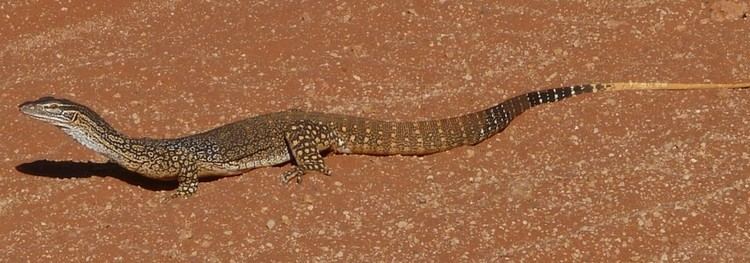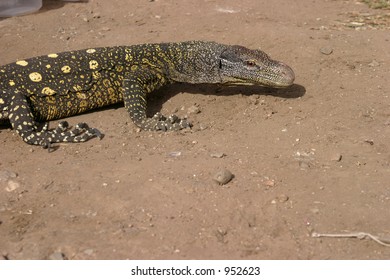
Whereas most reptiles are considered to have three-chambered hearts, the hearts of monitor lizards – as with those of boas and pythons – have a well developed ventricular septum that completely separates the pulmonary and systemic sides of the circulatory system during systole. Monitor lizards have a high aerobic scope that is afforded, in part, by their heart anatomy. The general consensus is that monitor lizards have the highest standard metabolic rates of all extant reptiles. The active nature of monitor lizards has led to numerous studies on the metabolic capacities of these lizards. Monitor lizards maintain large territories and employ active-pursuit hunting techniques that are reminiscent of similar-sized mammals. Finer morphological features such as the shape of the skull and limbs do vary, though, and are strongly related to the ecology of each species. The genus Varanus is considered unique among animals in that its members are relatively morphologically conservative, yet show a very large size range. Although normally solitary, groups as large as 25 individual monitor lizards are common in ecosystems that have limited water resources. In contrast, three arboreal species from the Philippines, Varanus bitatawa, Varanus mabitang, and Varanus olivaceus, are primarily fruit eaters. Deer make up about 50% of the diet of adults of the largest species, Varanus komodoensis.


Most species feed on invertebrates as juveniles and shift to feeding on vertebrates as adults. Most monitor lizards are almost entirely carnivorous, consuming prey as varied as insects, crustaceans, arachnids, myriapods, mollusks, fish, amphibians, reptiles, birds, and mammals. Monitor lizards also occurred in Europe in the Neogene, with the last known remains dating to the Middle Pleistocene. The West African Nile monitor ( Varanus stellatus) is now found in South Florida and in Singapore. The various species cover a vast area, occurring through Africa, the Indian subcontinent, to China, the Ryukyu Islands in southern Japan, south to Southeast Asia to Thailand, Malaysia, Brunei, Indonesia, the Philippines, New Guinea, Australia, and islands of the Indian Ocean and the South China Sea.


 0 kommentar(er)
0 kommentar(er)
